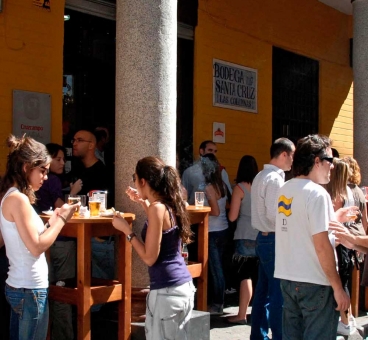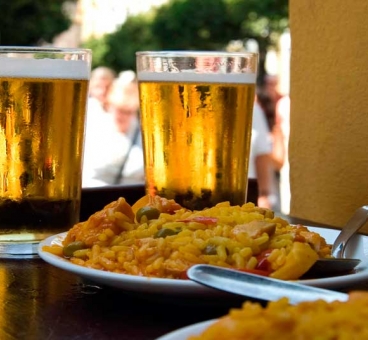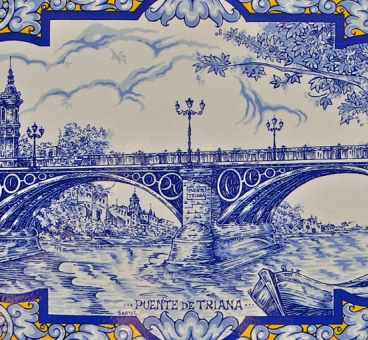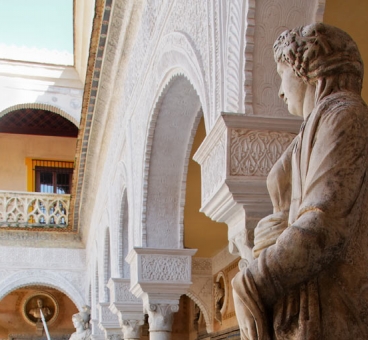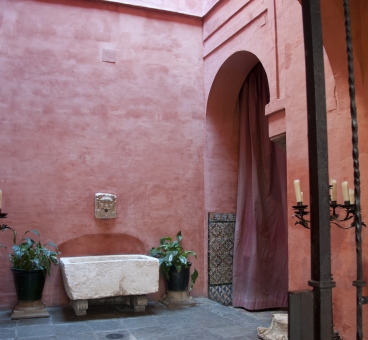The Casas Palacio (Palatial Houses) of Seville are full of art, beauty and surprises that you can’t miss. Did you know that the Renaissance splendour of the city was such that it was called “New Rome”? Thanks to this route you will be able to see for yourself.
Going into a Sevillian casa palacio (a palace house) will allow you to contemplate authentic hidden treasures of the city.
All these places will give you a very special sensation of connection with the past. Think of yourself wandering through rooms which have remained intact through the centuries, getting closer to the histories of their most notable inhabitants in the context of a legendary Seville.
There are many of them in the city (here we provided you with a route that covered all of them), but with the new route “Casas Palacio Seville Walking Route” you will visit four emblematic casas palacio of the city: Las Dueñas, Casa de Salinas, Hospital de la Santa Caridad and Casa de Pilatos.

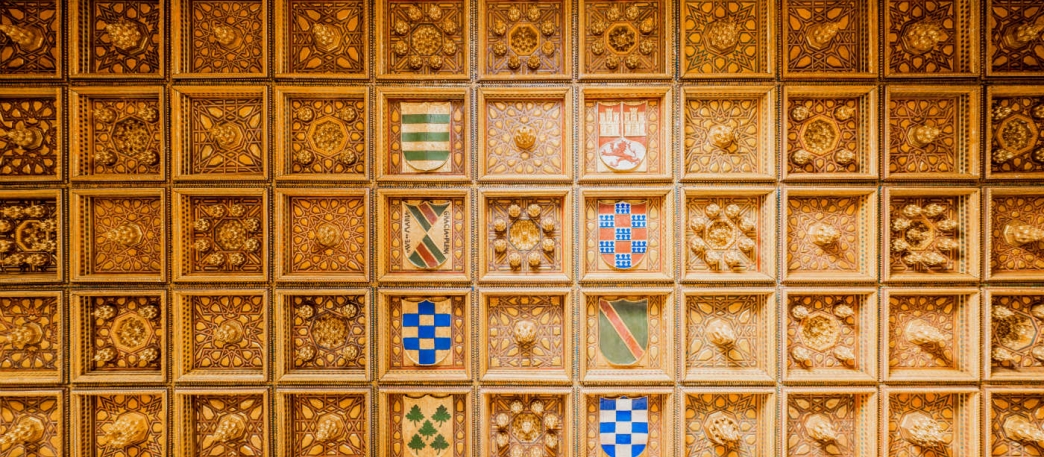
In the 16th century, Seville became the most important city of the world, where traders from all over Europe and artists from Italy and Flanders came, contributing with their mastery in the appearance of the city.
In the 16th century, Seville became the gateway to the New World.
tweet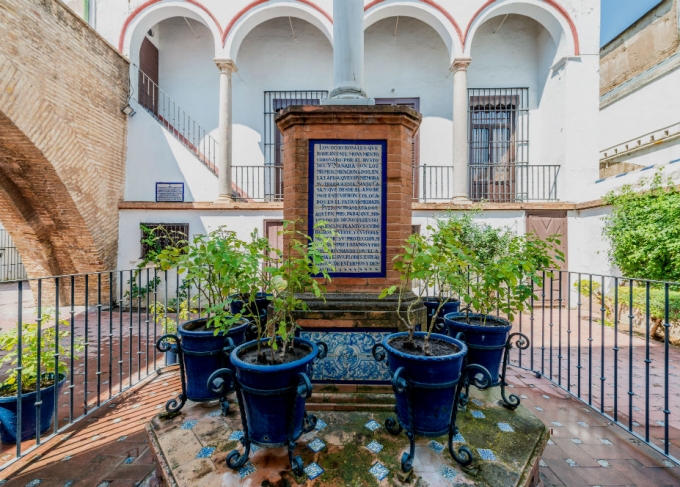
Casa de Salinas perfectly exemplifies the wonderful harmony which characterised the Seville of the epoque: Renaissance, Gothic and Mudejar merging in a perfect combination.
Las Dueñas is a spectacular palace with more than five centuries of history. An ensemble of gardens, halls and patios full of art and history.
La Caridad is the base of the brotherhood of the same name and constitutes a high level architectonic and artistic ensemble of the Spanish Baroque art.
Casa de Pilatos is a combination of the Italian Renaissance and the Spanish Mudejar. It is considered to be the prototypical Andalusian palace.
- Miguel Mañara, who had an essential role in the history of Seville, was the main driving force of the Hospital de la Caridad.
- In Las Dueñas you can find the garden where the lemon trees ripen, as Antonio Machado recalls in his famous poem “Self-Portrait”.
- Casa de Salinas harbors an impressive Roman mosaic dedicated to the god Bacchus.
- The name of Casa Pilatos comes from the Sevillian Stations of the Cross, origin of our Holy Week, which had this palace as the starting point.
